Morris-Jumel Mansion
65 Jumel Terrace
Architect: Unknown, possibly John Edward Pryor
Year built: 1765
NEW YORK—Built on a high peak in what is now Washington Heights, the Morris-Jumel Mansion (MJM), Manhattan’s oldest surviving house, at one time served as a military base for the man the neighborhood is now named for.
The mansion was originally built as a family summer home in 1765 by British Col. Roger Morris on his 135-acre Mount Morris estate; the property stretched from the Hudson River to the Harlem River. The mansion is now a museum that sits on 1.5 acres.
Morris’s summer home design choices may have been influenced by the works of his father, English architect Robert Morris, who employed the Palladian style—based on the works of the 16th century Venetian architect Andrea Palladio, whose designs emulated the ancient temples of the Greeks and Romans. The Palladian elements at MJM include the large pediment and portico at the front that is supported by four massive Tuscan columns. The quoining at the building’s corners is made of wooden planks and the house features a novel two-story octagonal room at the rear, one of the first examples of the eight-sided room in the country and possibly the first to be built in two stories, according to MJM Executive Director Kenneth Moss.
Following their Harlem Heights victory, the revolutionaries retreated north and the mansion then served as headquarters for British troops. Washington returned to MJM in 1790, then as the first president of the United States. New York was the U.S. capital and Washington brought friends and family to northern Manhattan for a sightseeing tour and a dinner at the mansion. The guest list included John Adams, Thomas Jefferson, and Alexander Hamilton—a historic sitting of America’s forefathers.
The Morris-Jumel Mansion takes it second name from the wealthy Frenchman Stephen Jumel, who purchased the building in 1810. Jumel and his wife Eliza lived in the house until his death in 1832. Eliza then married Aaron Burr, Thomas Jefferson’s vice president, in the mansion’s front parlor in 1833.
The Morris-Jumel Museum is open Wednesday through Sunday from 10 a.m. to 4 p.m. More information at www.morrisjumel.org.
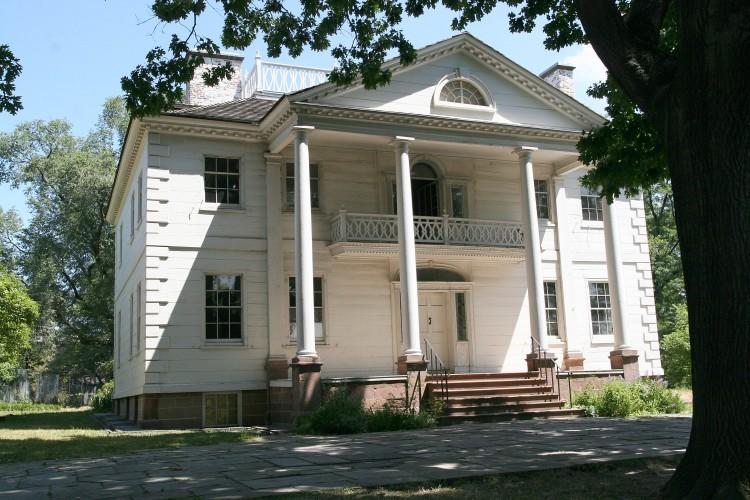
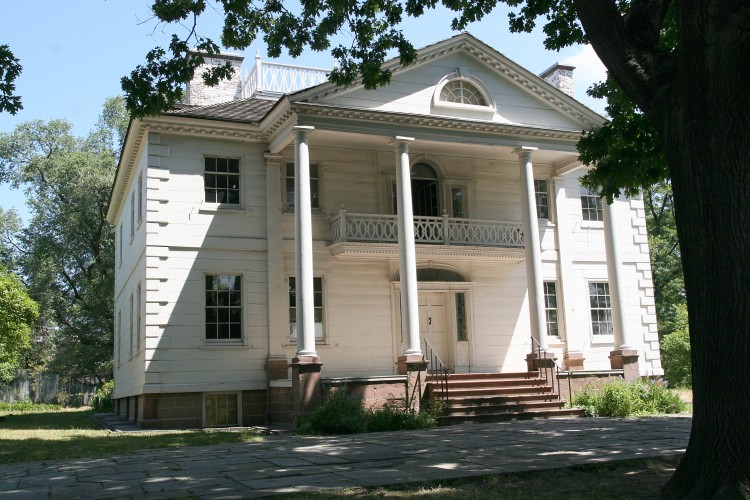
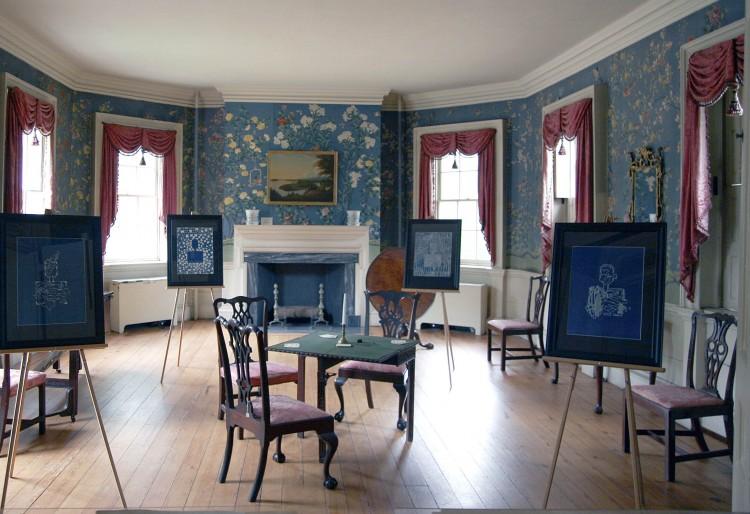
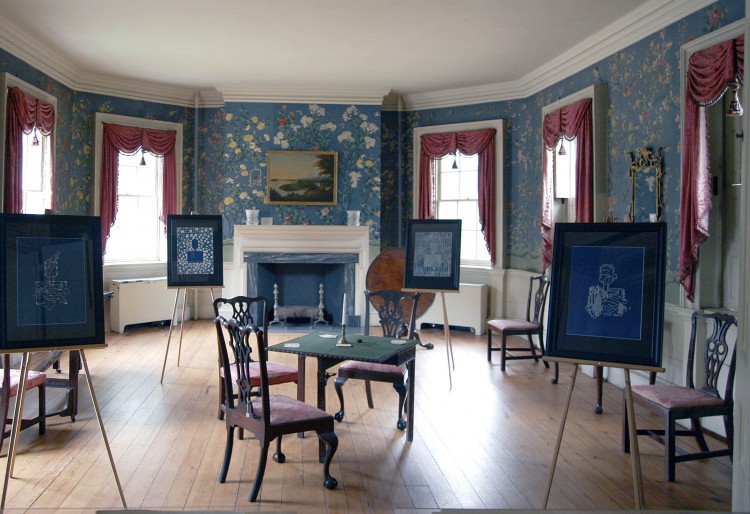
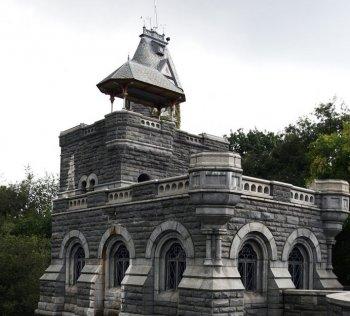

Friends Read Free